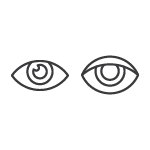


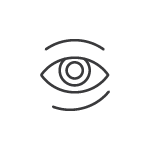



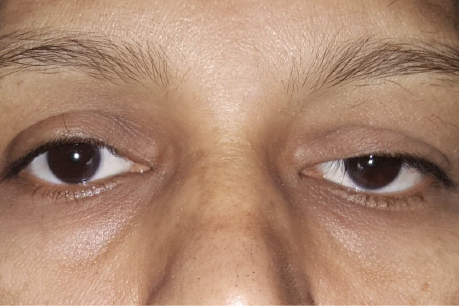
Ptosis is a condition where one or both eyelids droop, often due to the muscle that raises the eyelid having a thinned or stretched tendon.
This can lead to the eyelid drooping enough that it blocks the pupil and reduces your vision. More severe ptosis usually means greater vision loss, as well as a more noticeable appearance of “tiredness”. Congenital ptosis in particular needs to be treated early because it can lead to poor visual development in children.
Ptosis correction is performed by surgically connecting the eyelid to the forehead’s frontalis muscle. This procedure is typically performed under local anaesthesia and is designed to help the weakened eyelid muscle. Some swelling and bruising is expected, and may last for around 1-2 weeks post-surgery, depending on the patient’s healing process.
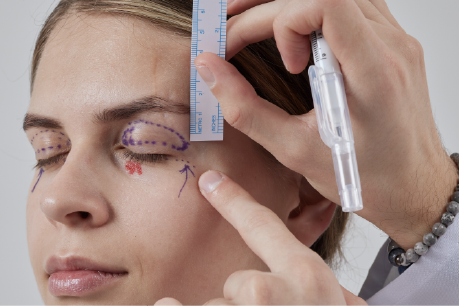
Dermatochalasis is also known as baggy eyes, and is a situation where the skin and muscles of the eyelid sag due to age. Fat can also lead to the condition by bulging through the skin around your eyes.
Baggy eyes can age a person’s appearance, especially in the lower lids. In addition to that, dermatochalasis can weigh down the upper eyelid to the point where it partially blocks the eye. This can lead to reduced vision and increased eyestrain.
The blepharoplasty procedure corrects dermatochalasis by removing or repositioning excess skin or fat in the area. It is typically performed under local anaesthesia and can take from 45 minutes to one and a half hours. Some swelling and bruising is expected, and may last for around 1-2 weeks post-surgery, depending on the patient’s healing process.
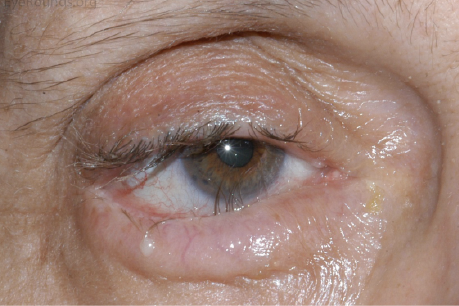
Entropion is when the eyelid’s skin and muscles start losing strength and cause the eyelid margin to roll inwards. This may cause problems like the lashes constantly irritating the cornea.
If left uncorrected, long-standing entropion can scar the cornea and may even increase the odds of a corneal infection. This is why it is best to address entropion before it leads to complications that reduce sight.
Entropion treatment is typically done through a surgery that tightens the affected eyelid and turns out the eyelashes to the normal position. This is a procedure that can take place under local anaesthesia, with the incision typically just below the lower lid’s lashes. Some swelling and bruising is expected, and may last for around 1-2 weeks post-surgery, depending on the patient’s healing process.
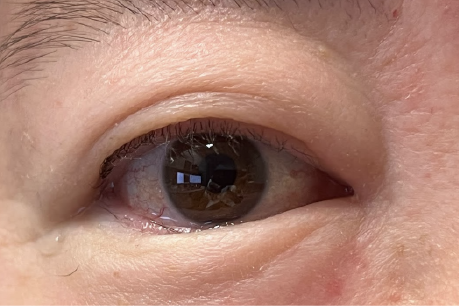
Epiblepharon is when the eyelashes turn inwards due to an abnormal fold of skin near the eyelids. This horizontal fold is a congenital issue and is most common in people of Asian descent.
Common symptoms that people with epiblepharon experience are itchy, red eyes and excessive tear production or blinking due to the constant friction from the lashes against the cornea. If chronic and left untreated, this condition may lead to permanent scarring of the cornea.
Epiblepharon surgery is called for only in severe cases, wherein a little skin or muscle may be removed to help turn the lashes out properly. This procedure involves local anaesthesia for adult patients and typically general anaesthesia for children, and takes around 45 minutes to an hour to complete. Milder cases of epiblepharon may require only lubricating eye drops or ointment.
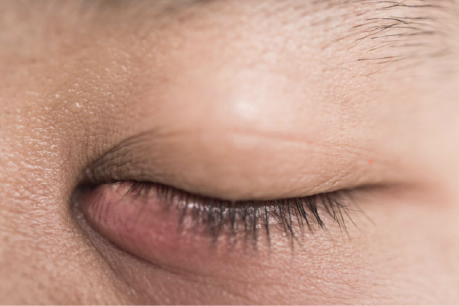
Tears come from our lacrimal glands and play a crucial role in eye health by keeping our eyes lubricated and preventing the eye’s front surface from drying out. A drainage system is responsible for directing any excess tears to the nose.
This drainage system can be blocked by various things, from age to injury or disease. Excessive tearing, increased risk of infection, and discomfort are all possible with an eye blocked tear duct.
A dacryocystorhinostomy (DCR) can address this by surgically creating a new opening in the blocked drainage system. This can be performed endoscopically or through an incision, with both procedures having a similar success rate.
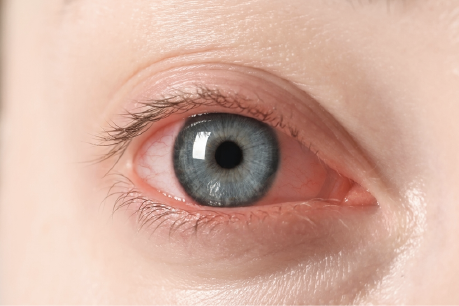
Thyroid eye disease or TED arises from the complications of hyperthyroidism or hypothyroidism. This autoimmune disorder causes your own antibodies to attack the tissues of your eye, causing symptoms like pain or swelling.
TED is most often due to an overactive thyroid gland from Graves’ disease. Unfortunately, the eyes are especially vulnerable to this condition since the autoimmune response tends to target the tissues and muscles within the orbital socket. This can lead to inflammation in the area, with patients in the active or chronic phase experiencing pain, tightness and swelling of the eyes and eyelids.
Thyroid eye disease can cause a person to look constantly wide-eyed (sometimes called “bug-eyed”). In the worst cases, it can even make closing the eyes difficult during sleep. It can also manifest as relentless pain and pressure on the eye, with possible long-term consequences being blindness and disfigurement.
Thyroid eye disease treatment depends on its severity and circumstances. Milder conditions can be treated with lubricants, as patients in this category usually have sensitive, dry, or teary eyes. Some may also see eyelid problems, such as lid retraction or lag.
Moderate TED may involve worse lid retraction or even issues like double vision. The most severe cases may even cause loss of vision and be resistant to conservative treatments. For severe cases, immunosuppression may be required. Surgery is also an option when issues like optic nerve compression are already involved, or if the tight muscles are already causing double vision to be persistent.
Eye trauma or diseases like tumours may lead to eye sockets with an abnormal look that can cause psychological problems. Socket reconstruction may be needed to help the patient achieve a normal appearance and regain confidence.
Socket reconstruction may require the use of ball implants to regain the eyeball’s volume. It may also require rebuilding the supporting tissues or use of custom-fitted prosthetic eyes.
This can have risks, including discomfort from long-term use of the prosthetic eye or an inward turn of the eyelashes from lack of support. Some people also struggle to keep the prosthesis in place within the orbital socket. Others find that the tissues surrounding the eye can contract over time, which can lead to deformities in areas like the upper eyelid.
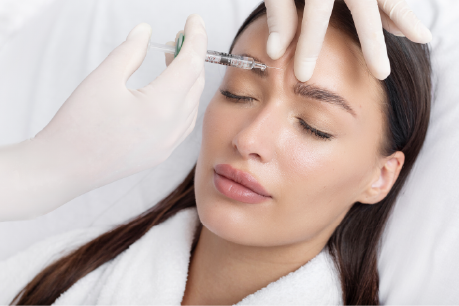
Wrinkles can arise from the skin’s adaptation to repeated facial expressions you make.
Botox can reduce wrinkles by relaxing specific muscles in the face. This prevents them from contracting and wrinkling the skin, leading to a more relaxed appearance. The muscle relaxation comes from precise injections performed by a trained specialist.
Botox injections typically take around 10 to 15 minutes, with minimal discomfort and side effects. Results from Botox usually last around 4-6 months, depending on the individual.
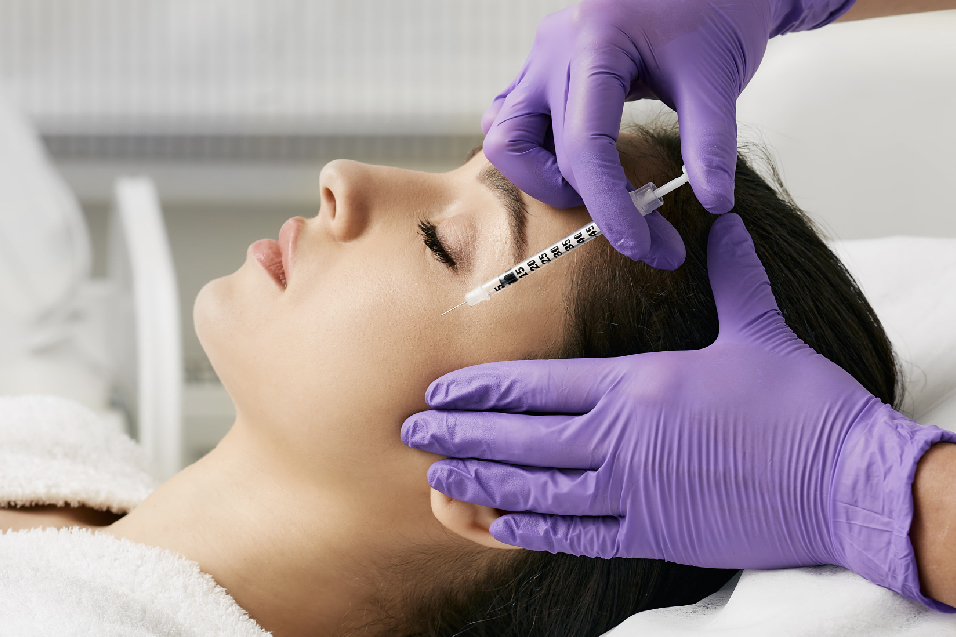
With age, the skin also loses its ability to retain moisture, which can lead to a reduction in volume. The result is a more sunken appearance as you get older.
Fillers represent a common facial rejuvenation treatment addressing this. They often hold hyaluronic acid, a natural substance normally found in the body, and can be used to regain volume as well as fill up scars or static wrinkles.
Fillers can be done on the same day as your consultation, and typically take around 20 to 30 minutes to be completed, with minimal downtime and side effects. Results from fillers can last from 9 to 18 months, depending on the type of filler used.

Around half of Asians are born without a double fold in the upper eyelid, which can lead to down-turned lashes that occasionally rub the cornea. It can also lead to the eyes looking smaller.
Double-eyelid surgery creates that double fold in the eyelid, resulting in a brighter and more refreshed look. It can also lead to the eyes appearing larger. This procedure can be achieved with both non-incision (only stitches) and incision methods under local anaesthesia. The recommended double eyelid procedure will depend on the patient’s specific eyelid shape, skin thickness, and presence of excess upper lid skin.
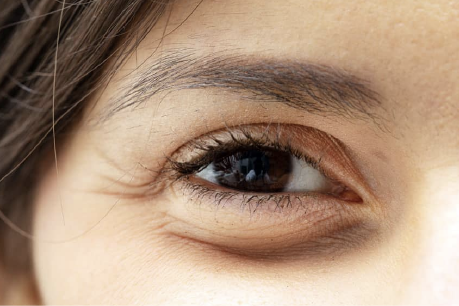
Eyebags can develop due to a sagging of the skin and the supporting structures around the eyes, causing the fat that cushions the eyeballs to bulge forward underneath the lower lids. The result is often an older, more tired appearance, sometimes with resulting dark eye circles.
Eyebag surgery can remove the fat or reposition the fat around the eyes to reduce the bulge underneath the eye. This procedure can be performed in a scarless method or through the skin.
It is generally advised not to leave oculoplastic conditions untreated because many can lead to complications over time, such as permanent vision loss.
Book a consultation to get expert advice on what is the best course of action based on your current condition.
Oculoplastic surgery is generally safe but some patients may experience certain side effects, as is true for all procedures.
Our surgeons are highly qualified with years of expertise and have attended to hundreds of patients, so you can rest easy that we have the experience to handle most concerns.
The typical recovery process from post-op to full recovery varies based on which procedure you undergo. Generally, our surgeon will provide detailed post-care instructions tailored to your recovery needs and schedule follow-ups.
Our doctors will conduct a personalised consultation to understand your goals and recommend suitable options.
Most patients experience minimal discomfort, and our expert doctors will ensure you’re given the best care we can give.
The typical time patients will see results for each aesthetic procedure depends on the procedure they undergo, with some seeing results in as little as a week. Consult with your doctor to get a better estimate of the timeframe for results and recovery.